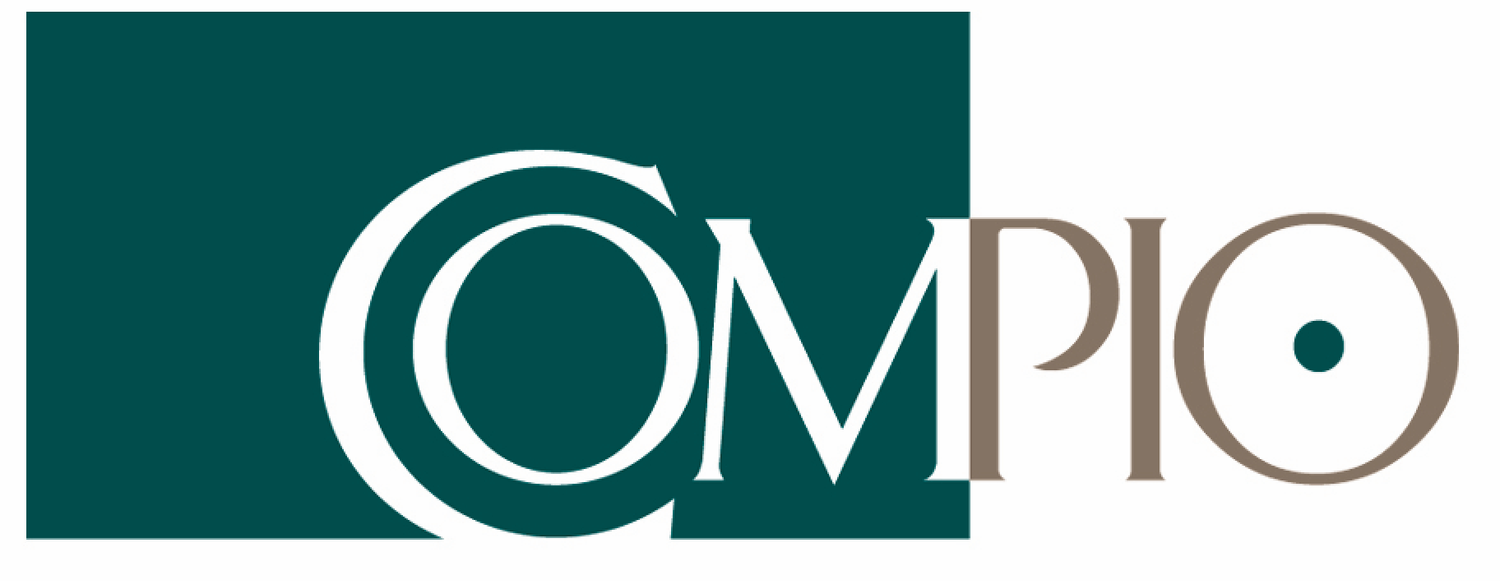In-the-Moment Strategic Thinking
What’s your first response when an employee suggests a risky new approach, a colleague misses a deadline, or a customer requests another cut in rates?
To stack the odds in your favor, don’t respond to the situation.
Instead, think about the impact you want to create with your response, and then choose your response.
To paraphrase Peter Bregman, this means moving from the typical pattern of:
situation > response > outcome
to:
situation > outcome > response.
For example, when that employee suggests a risky new approach (situation), if you want more of the status quo (outcome), shoot the idea down (response).
But if you want to encourage new and better ideas (outcome), have a PPCO conversation (response):
Plusses: note what you like about the idea,
Potentials: find ways to extend or build upon the idea,
Concerns: only then – identify the drawbacks,
Opportunities: and discuss ways they might be overcome.
Responding to the outcome you want, rather than the situation itself, can help you amplify positive events and redirect less positive ones.
The more you practice a situation > outcome > response approach, the more natural this in-the-moment strategic thinking will become, and the more time you’ll spend on creating the outcomes that matter most.

